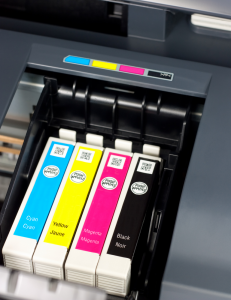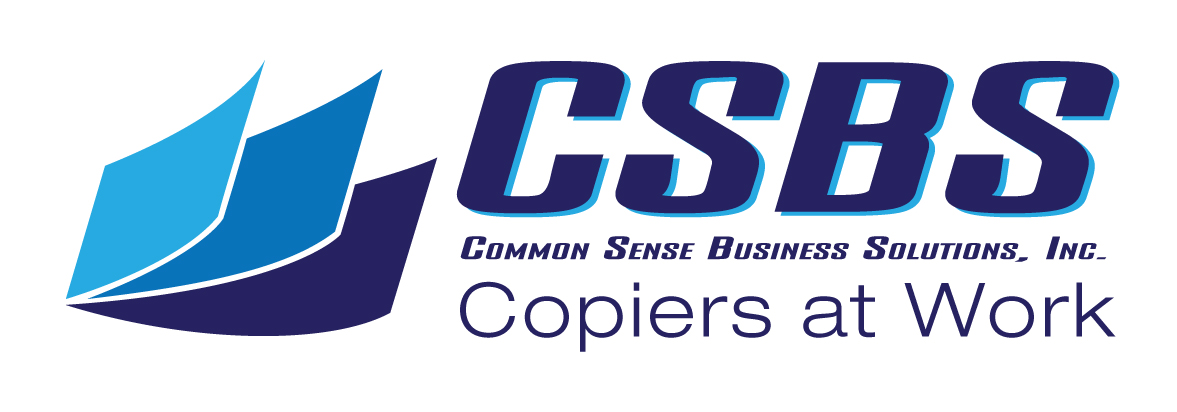In this post we want to look at creating procedures manuals and the role of color printers. Businesses run on processes, or procedures, which must be executed or performed properly in order for the business to function well. Few people would argue with that and few would disagree that procedures should be standardized.
So far, so good.
However, the sad truth for too many businesses is that these same procedures aren’t written down or documented anywhere. Sure, there may be copies of some processes or systems somewhere. But, for the most part, they are passed on verbally, if at all, and this leads to a lack of consistency, confusion among staff and a general lackluster business performance.
All of which can be minimized or even eliminated with a procedures manual.
An up-to-date and comprehensive procedures, or operations, manual contributes far more to a business than simple written instructions. The coaching company EMyth Worldwide put it this way,
“Operations manuals are the ‘owner’s manuals’ for every employee’s position. Done well, they’ll tell your people how to operate their jobs for maximum results. As the authoritative guidebooks of how things should be done in your company, they give you a simple yet effective mechanism for communicating a lot of information. And they give your people a sense of independence and ‘being in the know.’”
Another benefit that a good manual provides is a tangible sense of context. For most people, things that are said or done “out of context” lack significance or clarity. What employees do each day and how they do it is the “content” of their jobs at your company.
A procedures manual, done properly, provides the necessary “context” for that content to allow each employee to make the needed connections for the “why” behind what they do.
Creating Your Procedures Manual
 As we noted in another post, policies are not procedures and your procedures should have their own document separate from your company’s policy manual.
As we noted in another post, policies are not procedures and your procedures should have their own document separate from your company’s policy manual.
One simple way to make that distinction is to think of policies as “rules and standards” for what we do and procedures as “how we do what we do.”
One company took this latter thought to a logical, if humorous extreme, by naming their procedures manual their “How To Manual” which consisted of a series of documented “How To’s” for how to do everything in their business.
A procedures manual, also known as standard operating procedures or operations manual, does not have to be unwieldy nor overwhelmingly detailed. And, while creating a digital version is probably a default approach, even more so than your policy manual a printed version can be vital for many departments and positions.
And this is where your office color copiers come in handy.
For the initial creation of your procedures, making use of available software can be extremely helpful. A few you might consider include SweetProcess and TouchStone. As any manager or business owner knows, actually creating and documenting a comprehensive step-by-step procedure can be time consuming and somewhat arduous.
And, when you consider how many individual processes or procedures exist in your business as a whole, the endeavor can be overwhelming. But following some basic steps can make the project far simpler.
Procedures Manual Overview
In its most basic form, a procedures manual can be made up of two parts: your company-wide procedures and another section comprised of “position-specific” procedures.
The company-wide procedures are those that apply to everyone in the company. Every employee would need this information regardless of their position and specific job duties. This section should include an overview of the company’s history, organization chart and any strategic vision or objective statement your company may have.
Secondly, this section should have a comprehensive overview of all your products and services so that every employee, regardless of their role, can have a thorough understanding of what your company does, who it serves, and how.
The position-specific contents are exactly what the name implies – procedures required to do their specific job in your company.
The beauty of this approach is that every employee can have a copy of a procedures manual that only contains content relevant to their position and their role in the business. Managers and owners can have the entire manual at their disposal.
Best Practices for Your Procedures Manual
Once you have determined your preferred method for actually documenting individual processes, or procedures, you can follow these general steps to complete your manuals:
- Identify and list company-wide manual contents
- Identify and list position-specific manual contents
- Create an implementation plan with accountabilities and due dates
- Distribute procedures manuals to employees
Before you distribute your completed procedures manuals to your staff you need to have a process for managing the master files and for distributing updates, changes and additions.The goal is to maintain uniformity and consistency.
Every manual should have the same copy of company-wide contents and every employee should have the same set of position-specific contents. Any new hires should be given a new operations manual that is consistent with the others.
Don’t make the mistake of relying solely on a digital version of your procedures manual. Having printed and bound copies can be critical in case of power outages, digital file loss or corruption, and for employees whose functions do not allow for online access.
These can be easy to reproduce with any diagrams, photos or screenshots using the color printers in your office.


